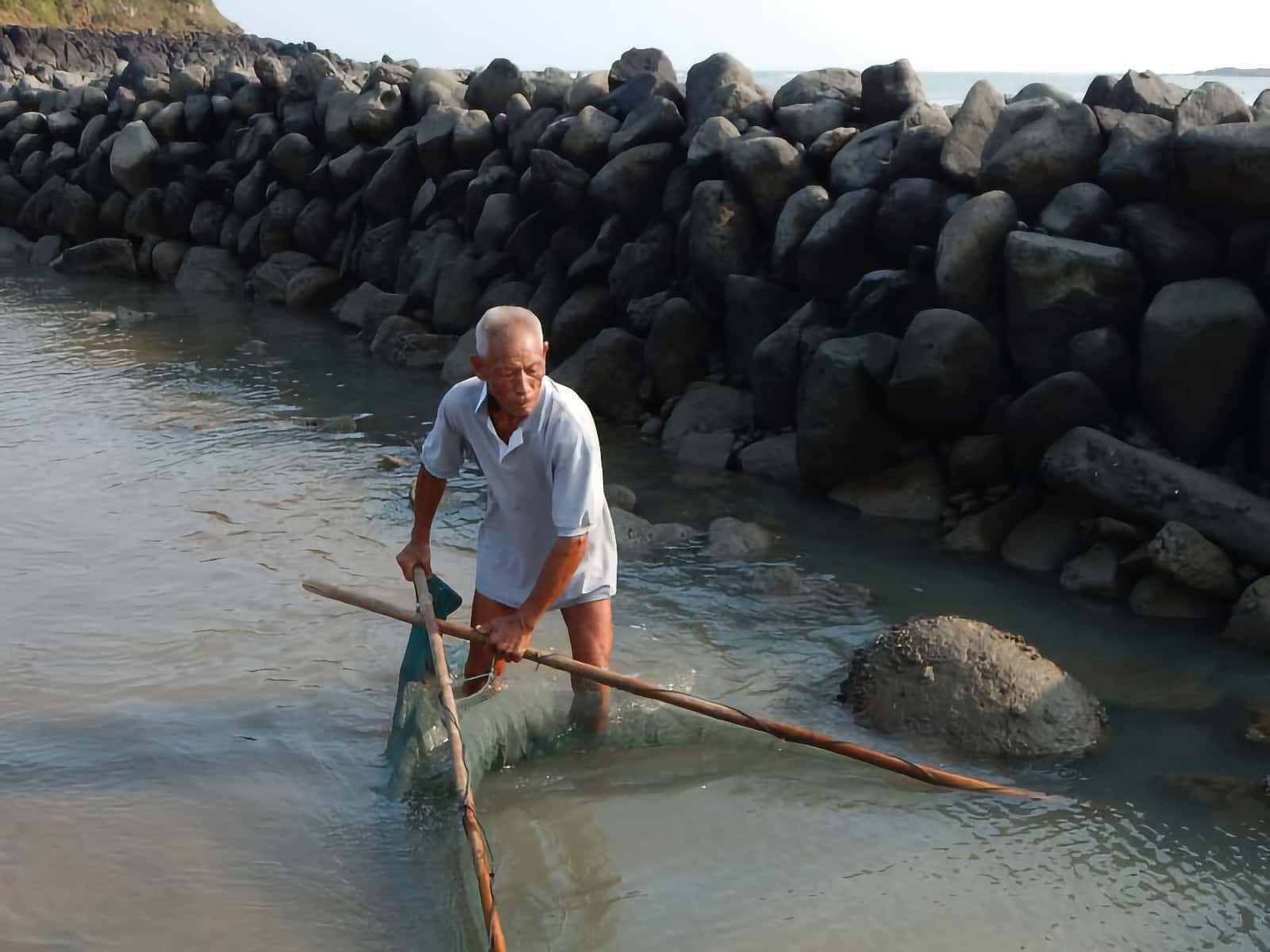
The Underwater Cultural Heritage of Stone Tidal Weirs

Downloads
DOI:
https://doi.org/10.58981/bluepapers.2022.1.09Published
Issue
Section
License
Copyright (c) 2022 Akifumi Iwabuchi

This work is licensed under a Creative Commons Attribution 4.0 International License.
How to Cite
Abstract
Stone tidal weirs are not just relics of the past; they also serve as a guide to future sustainable marine ecological conservation. They symbolize the ability of humans to adapt, use, and live in balance and harmony with the ocean environment. Situated along intertidal or coastal zones, these stone tidal weirs are on the frontline of climate impact and are often abandoned as the local community cannot afford the costs of repair. This has led to loss of this valuable traditional resource management system that contributes to tangible and intangible heritage of coastal communities, as well as to culture and biodiversity.
References
Iwabuchi, Akifumi. 2014. “Stone Tidal Weirs, Underwater Cultural Heritage or Not?” Proceedings of the 2nd Asia-Pacific Regional Conference on Underwater Cultural Heritage 2: 735–46.
Jeffery, Bill. 2013. “Reviving Community Spirit: Furthering the Sustainable, Historical and Economic Role of Fish Weirs and Traps.” Journal of Maritime Archaeology 8: 29–57.
Montgomery, Paul, Wes Forsythe, and Colin Breen. 2015. “Intertidal Fish Traps from Ireland: Some Recent Discoveries in Lough Swilly, Co. Donegal.” Journal of Maritime Archaeology 10: 117–39.
Pattrick, Paula, Magda Minguzzi, Nicolas Weidberg, and Francesca Porri. 2022. “Ecological Value of the Earliest Human Manipulated Coastal Habitats: Preliminary Insights into the Nursery Function of a Pre-Colonial Stonewalled Fish Trap in South Africa.” Regional Studies in Marine Science 52: 102266.
Zayas, Cynthia Neri. 2019. “Stone Tidal Weirs Rising from the Ruins.” Journal of Ocean and Culture 2: 88–109.


